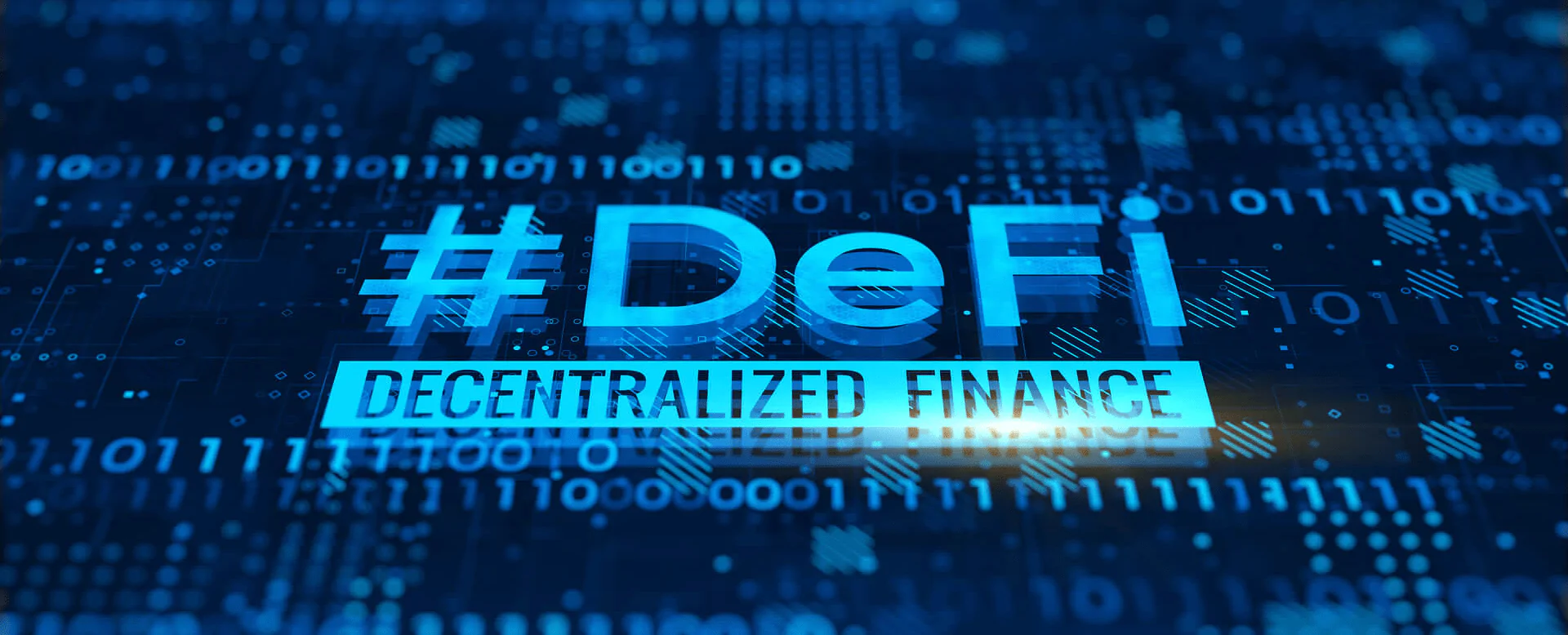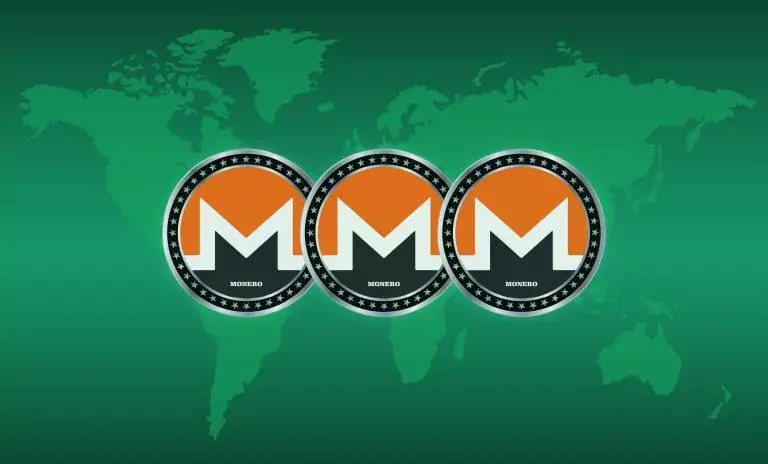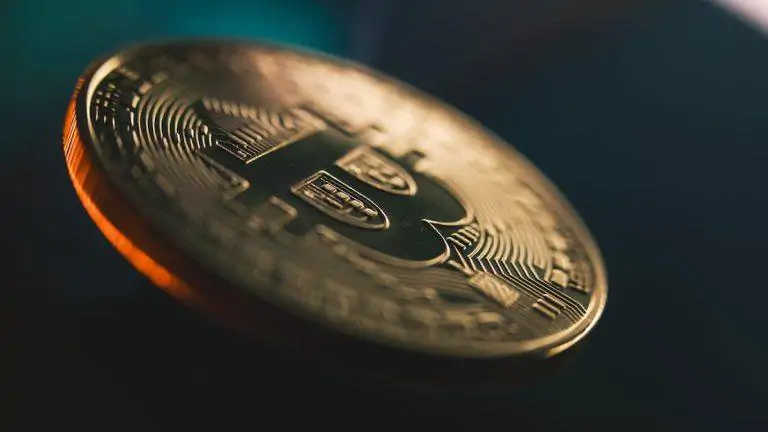Greece has made significant efforts to adopt a tax policy on crypto assets as the use of cryptocurrencies grows globally. In January 2025, the Greek government introduced new tax regulations for cryptocurrency transactions.
18.10.2023

Defi — What Is It?
Decentralized finance — it is a revolutionary economic concept that aims to establish a completely open, easy-to-use and completely transparent system of financial services, operating separately from centralized authorities. The main mission of DeFi is to create a high-quality substitute for the traditional banking system by integrating decentralized electronic technologies. As a result, DeFi aims to provide innovative financial solutions, giving users more freedom and control over their finances.
Ethereum is one of the most popular platforms for DeFi projects, and its success is due to its unique design. When the ETH blockchain was developed, its creators focused not just on creating another cryptocurrency, but on creating an entire ecosystem for new projects, ICOs and smart contracts. This particular approach makes Ethereum the original decentralized project of its kind, as it has provided the opportunity to invest through ICOs to all interested parties and contributed to the overall development of the DeFi field. This area is constantly expanding, and the constant increase in the number of new platforms makes them especially attractive and relevant.
How do DeFi Projects Work?
Bitcoin and other cryptocurrencies bring the concept of digital money to life. In the context of these finances, a variety of tools are used to effectively manage these digital assets. As a result, DeFi is a comprehensive set of solutions that act as an intermediary between customers and digital money, eliminating the need for traditional financial intermediaries such as banks and providing automated access to a variety of financial services.
DeFi services are built on the basis of decentralized protocols that interact with each other within a single blockchain network. Currently, one of the most popular networks on DeFi is Ethereum, followed by EOS and TRON, according to information from the official representative of the blockchain in Frankfurt.
ETH (Ethereum) and DAI — are two of the most important cryptocurrency tokens in the DeFi ecosystem. ETH is the main “fuel” for the blockchain, is used to pay commissions and is popular among users due to its ease of conversion to other currencies. DAI, on the other hand, acts as a stablecoin that is fully decentralized and pegged to the US dollar, which provides it with stability and reduces volatility.
Key Features of Decentralized Finance
The world of decentralized finance (DeFi) is revealing amazing opportunities that have made the field truly unique and attractive. DeFi is a financial ecosystem where all processes take place on the blockchain, without the participation of centralized intermediaries. This ensures transparency, security and accessibility of financial services for everyone, regardless of geographic location or social status.
One of the key characteristics of DeFi is the ability to manage assets using smart contracts. This allows users to easily participate in various financial transactions such as lending, staking, asset exchange and other innovative financial products.
Programmable smart contracts are one of the main advantages of DeFi. These automated contracts enable financial transactions to be executed reliably and securely, minimizing risk and eliminating the need to trust third parties.
An important feature of DeFi is openness and transparency. All operations and transactions on the blockchain are visible to the public, which ensures a high level of trust and maintains transparent relationships between system participants.
Through decentralized financial tools such as predictive markets, liquidity pools, and decentralized exchanges, DeFi is attracting both investors and new users, giving them the opportunity to participate in the exciting world of cryptocurrencies and blockchain.
However, it is worth remembering that DeFi continues to evolve, and along with the opportunities, there are also risks. Users must be aware and vigilant to meet the challenges and ensure the safe use of this amazing technology.
What is Included in Decentralized Finance?
Decentralized finance (DeFi) is an entirely new ecosystem of financial opportunities and services powered by blockchain and the decentralized protocols based on it. The hallmark of DeFi is the complete elimination of intermediaries such as banks and financial institutions, as well as providing participants with direct and transparent access to a wide range of financial instruments.
Smart contracts are at the heart of this revolution—program codes capable of automatically executing conditions and operations specified in them when certain conditions occur. These smart contracts are the building blocks for many decentralized financial applications. Among the key elements of DeFi are decentralized exchanges (DEX), which allow the exchange of cryptocurrencies directly between users, bypassing traditional centralized exchanges. There are also lending and borrowing protocols that allow for borrowing and lending, as well as decentralized stablecoins, which are stable cryptocurrencies linked to the price of fiat currency or other assets to reduce volatility.
DeFi also includes market prediction protocols where users can bet on various events using cryptocurrency, and decentralized oracles provide external data for use in smart contracts. The ongoing development of DeFi is leading to new opportunities, including decentralized asset management (DeFi AMM) platforms, loyalty and rewards programs, and decentralized insurance products.
Using blockchain technology and smart contracts, DeFi shifts the boundaries of the traditional financial system and opens a new era for financial services that are completely based on decentralization, transparency and automation.
DeFi Staking
In the world of decentralized finance (DeFi), staking holds a special place, representing a unique and interesting practice that has attracted the attention of many in the cryptocurrency community. DeFi staking — is a process that mixes active participation and passive income, allowing participants to earn money by supporting the functioning of the blockchain network.
In its essence, staking is that users block a certain amount of their cryptocurrency assets and delegate them to the work of smart contracts and blockchain protocols. This action allows participants to maintain network stability, participate in transaction processing, and ensure the security of network operations. As a reward for their contribution, stakers receive interest on the amount they stake, as well as possible bonuses in the form of new tokens created through their participation.
One of the benefits of DeFi staking is the ability to earn passive income without the need for active trading or complex investment strategies. Participants can receive stable payments in the form of rewards for long-term holding of their staking assets. This attracts investors who are looking to increase their cryptocurrency portfolio and diversify their assets.
However, like any financial transaction, DeFi staking is also not without risks. Market volatility and changes in the value of cryptocurrencies may affect the overall profit of participants. In addition, staking implies blocking funds for a certain period, which can limit access to assets if necessary.
As a result, DeFi staking is a unique tool that provides participants with the opportunity to earn passive income and support decentralized blockchain networks, but requires careful consideration and study of the risks before engaging in this exciting practice.
Disadvantages of DeFi
The advances and breakthroughs of decentralized finance (DeFi) show its potential, but it must be recognized that this approach also has certain shortcomings that require attention and improvement. One of the main challenges is the lack of a single governing body, which can lead to problems with responsibility for the actions of participants. Developers control most of the services in the DeFi space, and responsibility is not always sufficiently delegated within the crypto community.
It is also worth noting that, despite the stated “decentralization”, some owners of DeFi developments have special access that allows them to suspend the system in emergency cases. This phenomenon means that DeFi does not always live up to the ideal of steel decentralization on which they base their concept.
The open and confidential nature of DeFi can also create the potential for money theft, fraudulent schemes, and terrorist sponsorship. Although such transactions represent a small portion of all transactions that occur in decentralized networks, this issue requires additional attention and control.
Another significant disadvantage of DeFi is the inability to freeze an account or reverse transactions. This means that users cannot get their funds back in case of an erroneous transaction or hacker attack.
Additionally, vulnerabilities in protocol codes, such as Price Oracle attacks, pose risks to the DeFi ecosystem. Hackers can use “instant loans” on exchanges to carry out multiple credit transactions with large amounts, which causes vulnerabilities in smart contracts. However, it is worth noting that similar cybersecurity issues also exist in the traditional banking industry.
Despite these shortcomings, DeFi remains an exciting and innovative area of financial technology, and steps will be taken over time to minimize risks and improve security in this evolving ecosystem. Understanding the shortcomings and finding solutions will help make DeFi an even more reliable and efficient environment for all participants.
Conclusion
DeFi, short for “decentralized finance”, represents a new and unique area in the financial industry. Unlike traditional financial services, DeFi is built on top of blockchain and cryptocurrencies, and works without intermediaries such as banks and financial institutions.
The result of their functioning is determined by the following aspects:
- Financial Inclusion: DeFi provides access to financial services for millions of people who were previously excluded due to lack of bank accounts or insufficient identification.
- Decentralization: The absence of centralized intermediaries makes DeFi more resistant to fraud and failure. Every transaction is recorded on the blockchain, ensuring transparency and reliability.
- Innovation: DeFi encourages the development of new financial instruments and products that can significantly change and improve the way financial resources are managed and invested.
- Improved rates and profitability: Some DeFi platforms offer higher interest rates on deposits and returns on investments than traditional banking products.
- Fast transactions: Thanks to the use of cryptocurrencies and blockchain technology, transfers and transactions in DeFi are completed quickly and without unnecessary costs.
However, despite all the benefits, DeFi also comes with certain risks. High volatility of cryptocurrencies, potential vulnerabilities in smart contracts and lack of regulation are some of them. Therefore, before participating in DeFi projects, it is important to be careful, study each project and make informed decisions when managing your finances.




